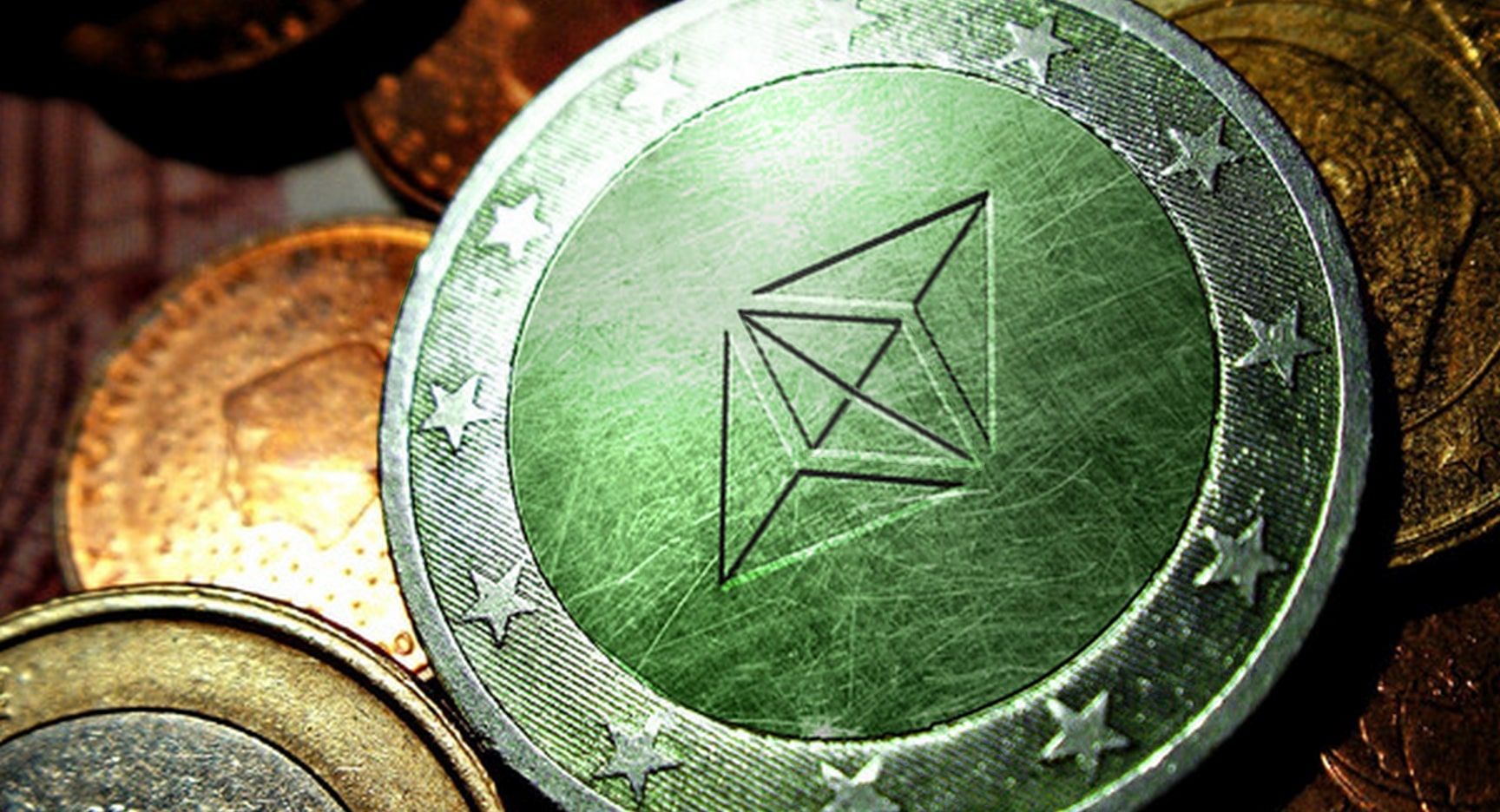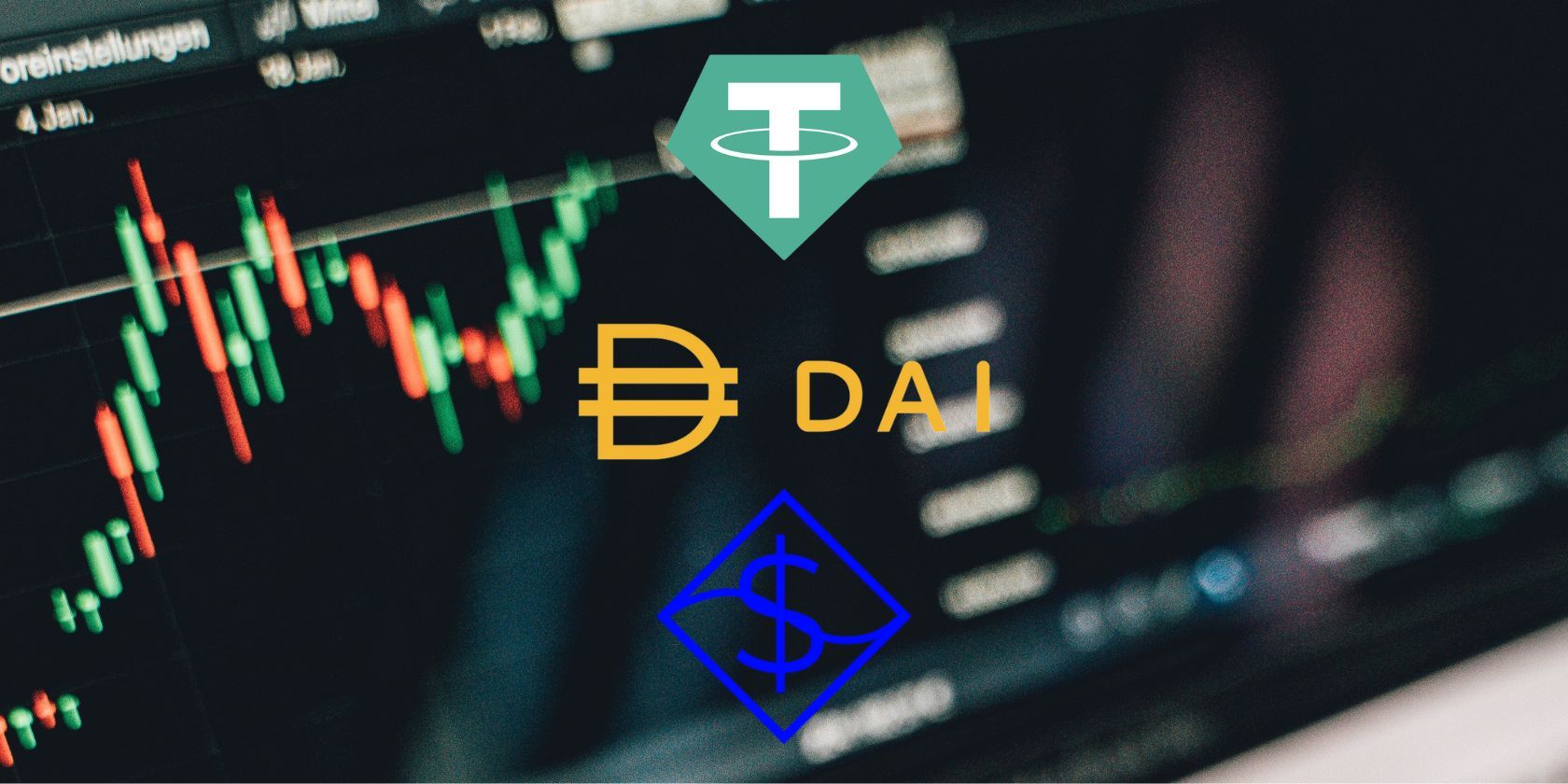In the cryptocurrency industry, stablecoins are just about the only assets capable of maintaining a relatively reliable long-term price. Many stablecoins are pegged to the US dollar, such as Tether and USDCoin, but what would cause a stablecoin to lose its peg?
The Nature of Stablecoins
Stablecoins are designed to be just that, stable. One of the biggest issues cryptocurrency investors face is huge fluctuations in asset prices. Bitcoin, for example, has halved and doubled its value in the space of months in the past, causing investors to gain or lose large amounts of money.
But can you really make cryptocurrency stable?
Well, in theory, if you peg it to something, you can. All stablecoins are pegged to the price of something—often the US dollar. This means that one stablecoin token is equal to one dollar. Stablecoins can also be pegged to the price of gold and other valuable assets in a 1:1 ratio. For example, each Tether Gold (XAUT) token is pegged to and backed by one troy ounce of gold. Some stablecoins are fully backed by physical assets, known as collateral.
But stablecoins can lose their pegs in certain scenarios. So, let's get into the ways through which this can happen.
1. An Algorithmic Failure
Algorithmic stablecoins are pretty nifty but also very risky. This type of stablecoin is not backed by any asset but maintains its peg via a computer algorithm.
This was the case with Terra Luna (LUNA) and TerraUSD (UST), a regular crypto and stablecoin (pegged to the US dollar) that maintained each other's prices through a burn/mint balance. If UST began exceeding the dollar a little too much, some of it would be burned. But if it fell below the dollar too much, some LUNA would be burned. Additionally, new LUNA was minted via the burning of UST. This system controlled supply and demand and made sure that neither of these factors outweighed the other.
But let's say that, for some reason, one of these assets was to suffer a monumental drop in demand. In May 2021, Anchor, a protocol that allowed users to deposit their UST for rewards, decided to drop its yield from an incredible 20% to just 4%. With investors no longer seeing a reason to keep their deposits with the protocol, they withdrew their UST and sold it off.
The algorithm quickly reached its breaking point. Terra Labs, the owners of LUNA and UST, couldn't do anything to mitigate the huge drop in demand for UST. The company ran out of LUNA to burn to make up for the price drop, which sealed the fate of both cryptocurrencies.
2. Lack of Over-Collateralization
Stablecoins often need over-collateralization to maintain their peg, even in tougher market circumstances. Over-collateralization means that anyone who wishes to loan the stablecoin in question must deposit an excess of collateral. Say someone wanted to take out a loan worth $50. Depending on the collateral ratio, they may have to deposit $100, $150, or even more in another crypto.
Let's consider the Maker DAO protocol to understand this further.
MakerDAO is a borrowing and lending platform that uses the Dai stablecoin (pegged to the US dollar), or DAI, as its borrowed asset. You can also deposit DAI to earn rewards via MakerDAO. So, let's say an individual wants to loan 100 DAI tokens. MakerDAO has a collateralization ratio of 150%. For every dollar worth of DAI borrowed, $1.50 of another crypto must be deposited (such as Ethereum or Chainlink).
Keeping the Dai stablecoin over-collateralized in this way lowers the chance of Dai losing its peg. If any stablecoin is backed by crypto, which is subject to volatility, over-collateralization should always be the way to go. Having an excess of reserves increases investor trust and reduces Dai's exposure to market volatility.
But what if a stablecoin was not over-collateralized, and the market hit a rough spot? This is where problems start occurring. Let's say the demand for Dai decreased significantly, and it dropped below a dollar but was not over-collateralized. Let's go extreme and say that Dai had no collateral at all. If it suffered a significant price drop, MakerDAO would have no way of redeeming the Dai value or compensating its investors. In short, it would be very bad news indeed.
3. A Market Ripple Effect
Confidence and trust are feelings that crypto investors often struggle to maintain. They can't be blamed for this, of course. The crypto market is so volatile that investors must always be aware of what's happening to avoid losing huge amounts of money. But this lack of trust can also cause huge market crashes.
We'll head back to the LUNA/UST disaster to understand this further. When these two cryptos crashed due to a massive drop in demand, the rest of the crypto industry began to get cold feet. Things were already looking precarious, as the US Federal Reserve had decided to increase interest rates, causing people to either sell their crypto or not buy it at all to save money.
But when LUNA and UST crashed, things went from bad to worse. Investors got nervous about losing funds and sold off some or all of their crypto holdings. This more or less affected every cryptocurrency in the game. Bitcoin, Ethereum, Litecoin, Dogecoin, Solana, Cardano, and thousands of other crypto assets took a hit, with many losing massive chunks of value.
Tether, the market's most popular stablecoin, could not escape this crash and wobbled significantly. Between the 11th and 12th of May 2022, Tether's price fell to $0.995. This may seem ridiculously minuscule, but dollar-pegged stablecoins are designed to remain in the $0.999-1.001 region, so it's bad news when the price falls outside this window.
But this wasn't an isolated case. In November 2022, FTX, a well-known crypto exchange, filed for bankruptcy. At this time, many customers began making withdrawals due to a lack of trust in the platform, fueled by the exchange's rumored solvency issues. FTX CEO Sam Bankman-Fried admitted that the company didn't have enough stored in its reserves to tackle such a scenario, but it was already too late. People saw another crypto failure and got nervous.
Amid this crypto wobble, Tether dropped to $0.98, again due to a lack of faith from investors. At this point, it was assumed by many that the stablecoin would lose its peg. This ended up happening, and Tether even managed to drop to $0.97, but only briefly. The stablecoin recovered and sits at $0.9996 at the time of writing.
4. Whales
Crypto whales can be both helpful and dangerous in the industry. These individuals and groups harbor huge amounts of cryptocurrency, in the billions, so they can have a big effect on the price of an asset if they decide to dump or buy up a large holding.
For example, if a whale was to give up on crypto entirely and drop (i.e., sell) $1 billion worth of assets, this would undoubtedly have a negative effect on the supply/demand balance in the market (but would have a positive effect if a whale bought $1 billion worth instead).
Let's say all this $1 billion was in the form of Ethereum, or Ether. Dropping such a gargantuan amount of crypto in such a short period would cause a big dip in Ethereum's demand and will likely have a detrimental effect on its price. Of course, Ethereum could bounce back from this relatively quickly if ETH sales were high at the time, but if the market is already in a poor state, a whale dropping a huge amount of crypto could have severe consequences.
If a stablecoin does not have sufficient collateral, a huge whale sell-off can be catastrophic. For example, amid the LUNA/UST crash, one whale sold an incredible $285 million UST on Curve and Binance. This giant UST sale directly contributed to the stablecoin's downward spiral and the loss of its dollar peg.
Stablecoins Are Not Impervious to Volatility
While stablecoins are far more capable of maintaining their value than other cryptocurrencies, it must be remembered that they are still exposed to market trends, crashes, whales, and other issues. This is why checking how a stablecoin's price is maintained and how it is collateralized before making any purchasing decisions is important.






